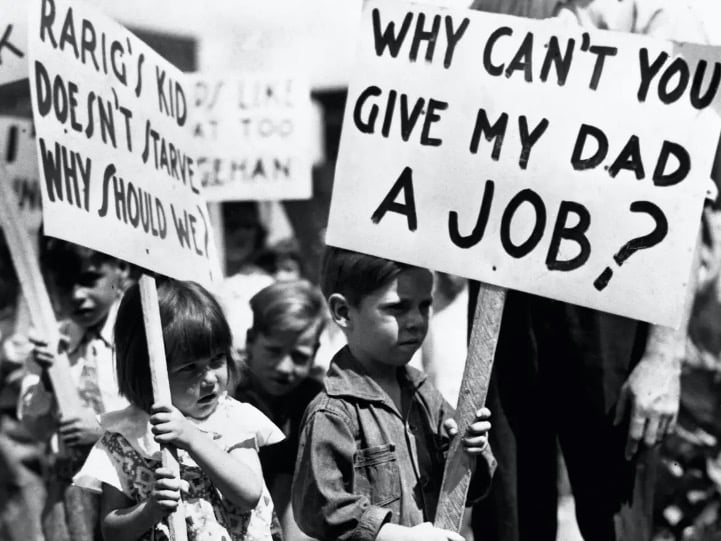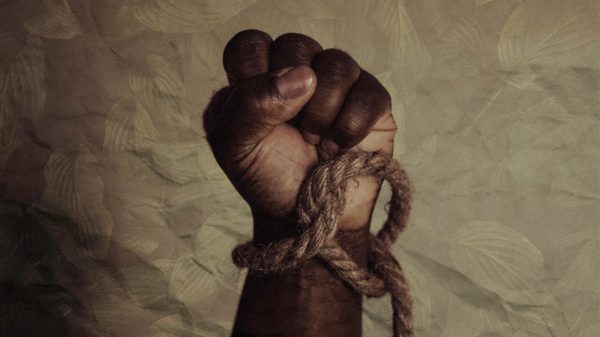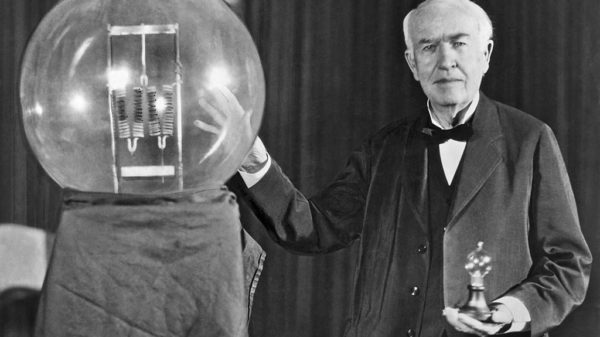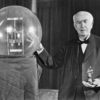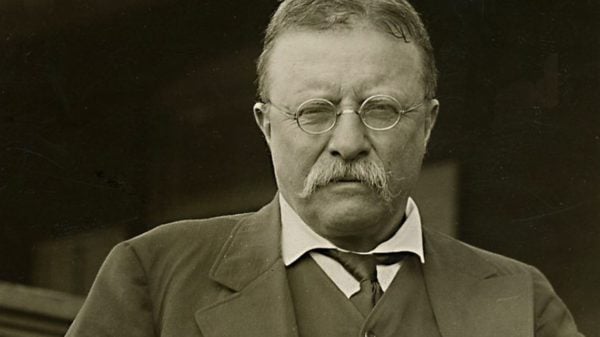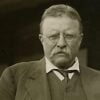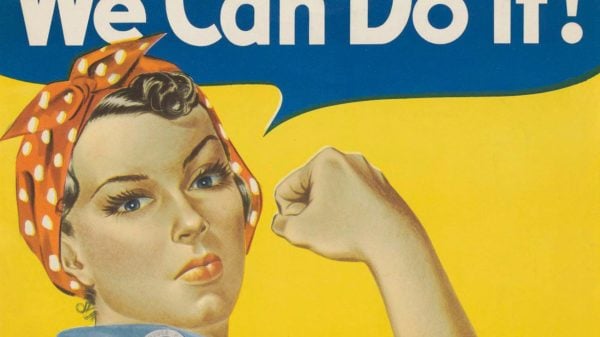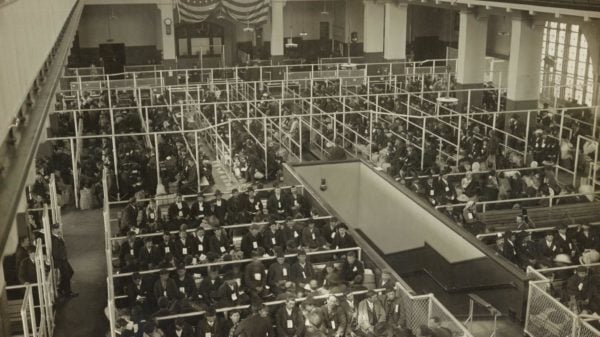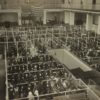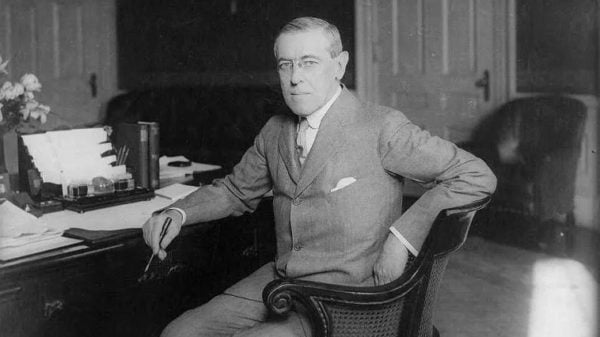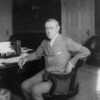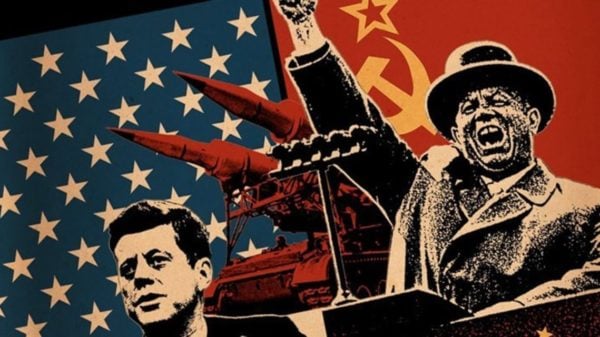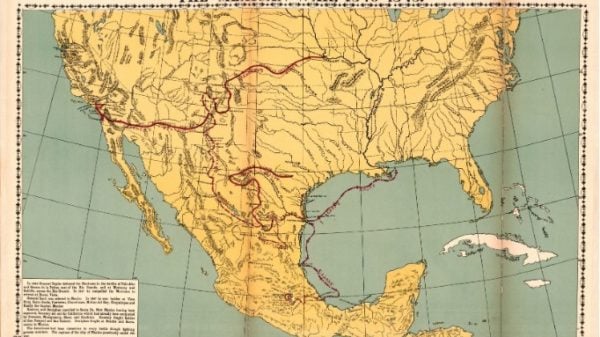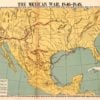While the New Deal lastingly affected the U.S. economy, other huge variables contributed toward ending the Great Depression. Since the last part of the 1930s, a standard way of thinking involved believing President Franklin D. Roosevelt’s “New Deal” ended the dark era. The spending programs initiated by the government returned a large number of Americans once again to chip away at many public undertakings the nation over.
The Great Depression
The biggest financial decline in the historical backdrop of the industrial era was The Great Depression, from 1929 to 1939. It all began when Wall Street went haywire as the stock exchange crashed in October of 1929. It resulted in many investors backing out from their investments, which obviously wasn’t good for the American economy.
The U.S. officially proclaimed the end of the Great Depression in June of 1938. Antiquarians and market analysts have kept on discussing the genuine benefits of the New Deal. It is up for debate whether the extreme government spending programs led to the end of America’s financial slump.
The New Deal Programs
“The changes set up by New Deal, including empowering the start of the work development, which encouraged compensation development and supported the buying force of millions of Americans, the foundation of Social Security and the government guidelines forced on the monetary business, as defective as they were, basically guaranteed there wouldn’t be one more Great Depression after the 1930s,” says Nelson Lichtenstein, teacher of history and head of the Center for the Study of Work, Labor and Democracy at the University of California, Santa Barbara.
However, even though the United States hasn’t rehashed the monetary calamity of the Great Depression doesn’t mean the projects of the New Deal can assume all the praise. Different components were additionally impacting everything—including the beginning of a significant universal conflict. “It truly could be contended World War II, which at last brought down joblessness and expanded GNP through weapons creation truly assumed a lot greater part,” Lichtenstein says.
The Advanced Work Development
Furthermore, Lichtenstein notes that the government instituted the National Industrial Recovery Act of 1933 to cultivate “reasonable rivalry.” This rivalry would occur through the fixing of costs and compensation and the foundation of creation portions, among different measures.
The resulting National Labor Relations Act of 1935 considered aggregate haggling. It basically prompted the advancement of the work developed in the United States, securing laborers’ privileges and wages.
New Deal Programs Weren’t Working
As indicated by Linda Gordon, educator of history at New York University, the Works Progress Administration, made in 1935, likewise had a positive effect. It utilized more than 8 million Americans in building projects going from scaffolds and air terminals to parks and schools.
Such projects surely helped end the Great Depression, “however were deficient [because] the measure of government assets for improvement wasn’t adequately enormous,” Gordon notes. “Just World War II, with its requests for enormous conflict creation, which made heaps of occupations, finished the Depression.”


